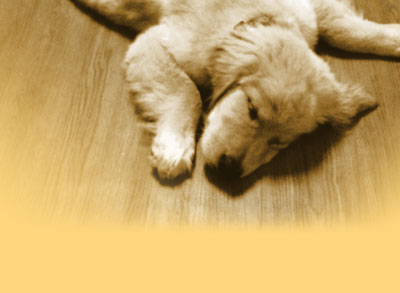
Get up and do something for 10 minutes
If you wake up and can’t get back to sleep within 20 minutes or so, just get out of bed and do an activity that requires your hands and your head, like a jigsaw puzzle or a coloring book, says Richard Wiseman, professor for the Public Understanding of Psychology at the University if Hertfordshire. (Stay away from the TV and digital screens, whose blue light has been proven to suppress melatonin, a sleep-inducing hormone. )
Cool your room
Your internal body temperature is integral to regulating your biological body clock. When you’re falling asleep, your body temperature drops slightly, which actually helps the process along, according to the Harvard Medical School. The National Sleep Foundation recommends a bedroom temperature of 60 to 67 degrees F for the most sleep-friendly conditions. Just don’t make it freezing or uncomfortable! Opening the window for 2 or 3 minutes normally helps.
Immerse your face in very cold water for 30 seconds
If you’re anxious or distressed at bedtime, the best medicine may be a face full of ice-cold water. When you’re in a full-on state, your nervous system desperately needs to be reset to help you calm down. Submerging your face in a bowl of cold water triggers an involuntary phenomenon called the Mammalian Dive Reflex, which lowers your heart rate and blood pressure. Then it’s off to bed with a soothed system.
Picture your favorite place
Rather than counting sheep, visualize an environment that makes you feel calm and happy. The key to success is thinking of a scene that’s engaging enough to distract you from your thoughts and worries for a while. In an Oxford University study published in the journal Behavior Research and Therapy, people who were instructed to imagine a relaxing scene, such as a beach or a waterfall, fell asleep 20 minutes faster than insomniacs who were told to count sheep or do nothing special at all. Reminiscing past holidays, especially those really happy ones, is the best way to go about this one.
Try progressive relaxation
The Mayo Clinic describes the technique as follows:
Start by tensing and relaxing the muscles in your toes and progressively working your way up to your neck and head. You can also start with your head and neck and work down to your toes. Tense your muscles for at least five seconds and then relax for 30 seconds, and repeat. Recommended by the National Sleep Foundation, it can make a huge difference to the way you relax before falling asleep.
